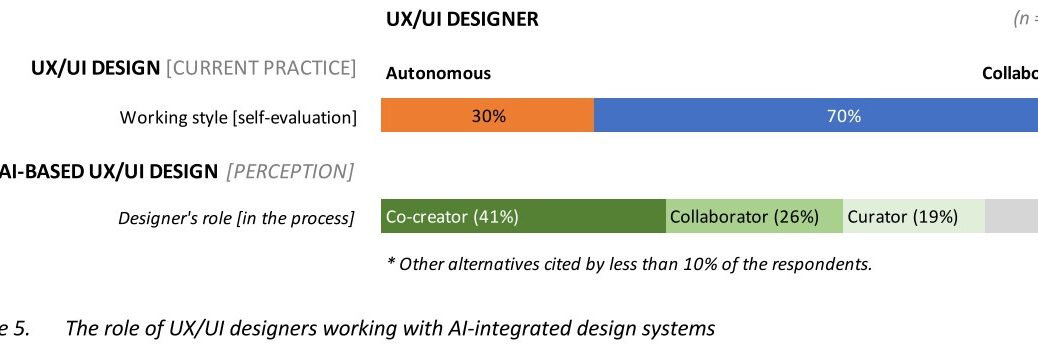
Bertao, R. A., & Joo, J. (2021). Artificial intelligence in UX/UI design: a survey on current adoption and [future] practices. In J. Cruickshank, L., Galabo, R., Perez, D., Gisclard, B., Bofylatos, S., Mortati, M., Valentine, L. and Hwang (Ed.), 14th International Conference of the European Academy of Design, Safe Harbours for Design Research (pp. 404–413). Blucher Design Proceedings.
Abstract
Artificial Intelligence (AI) technology has been disseminated across various industries, and algorithm-based activities are becoming common in design disciplines. Despite high expectations of collaborating with intelligent systems, whether designers are actually interested in working with algorithms has been little discussed. This paper summarises ongoing research findings that have probed the use of AI features in design practices. A survey of Brazilian UX/UI professionals was conducted to map their AI-supported activities and explore their perspectives on interacting with AI systems and future adoption scenarios. The findings indicate a low usage rate of AI tools in the Brazilian UX/UI industry and a limited operational perspective regarding the role, application, and impact of intelligent technologies on design. Surveyed UX/UI designers are more prone to adopt AI as a virtual assistant to facilitate practice and increase process efficiency rather than as a creative collaborator.
Keywords
UX/UI design; artificial intelligence (AI); adoption; design tool




